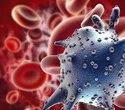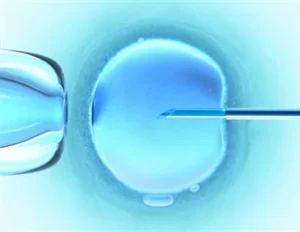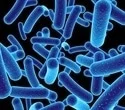A time- or food-restricted feeding pattern known as intermittent fasting allows for the consumption of food and liquids for a set amount of time before a period of fasting follows.
Depending on the time-restricted eating pattern, someone who is time-restricted fasting may have one to three meals and snacks each day. The time spent fasting might range from 12 to 23 hours per day. Periodic fasting can last anywhere from two to twenty-one days or longer.
Calorie intake is steadily reduced over time through time-restricted fasting. With regard to lowering fat storage, insulin resistance, and inflammation, this strategy believes that modest eating windows in the morning and early afternoon are superior to those in the late afternoon or evening.Time-restricted fasting has been linked to improved muscle growth and weight management, according to earlier research. Long-term time-restricted fasting has also been found to boost metabolism and guard against metabolic and cardiovascular disorders.
In diet-restricted fasting, emphasis is placed on the kinds and quantities of food that can be ingested during fasting. There are numerous variations of calorie-restricted fasting, such as water-only, drinks-only, and drink-only fasting. But, eating and drinking are absolutely forbidden during a pure fast.
Any sort of diet, including vegan, vegetarian, paleo, ketogenic, or gluten-free diets, can be combined with diet-restricted fasting. Even a water-only fast has been proved to be secure and successful in treating some ailments.
Intermittent fasting can be divided into four stages, including fed, post-absorptive to early fasting, fasting, and long-term fasting stages.
In the fed stage, which starts immediately after feeding, glucose acts as the fain fuel, whereas insulin acts as the regulatory hormone to metabolize glucose and inhibit lipolysis. Excess glucose is stored in the adipose tissue.
In the post-absorptive to early fasting stage, insulin levels decline, which subsequently leads to the initiation of glycogenolysis to provide glucose. Lipolysis can also be initiated in this stage.
In the fasting stage, glucose still acts as the main energy fuel; however, a shift of fuel source from glucose to fatty acid is initiated. This sometimes causes flu-like symptoms, commonly known as ‘ketoflu’.
During the long-term fasting stage, a complete metabolic switch occurs, where fatty acids become the main energy fuel. Moreover, branched-chain amino acid catabolism is inhibited in this stage, thus leading to protein-sparing and reduced insulin levels.
In intermittent fasting, the fasting duration should not initially exceed 12 hours; however, the duration can be gradually increased to achieve a complete metabolic switch to fatty acids. This is called the maintenance phase, which can be continued for extended periods of time, ranging from weeks to months.





